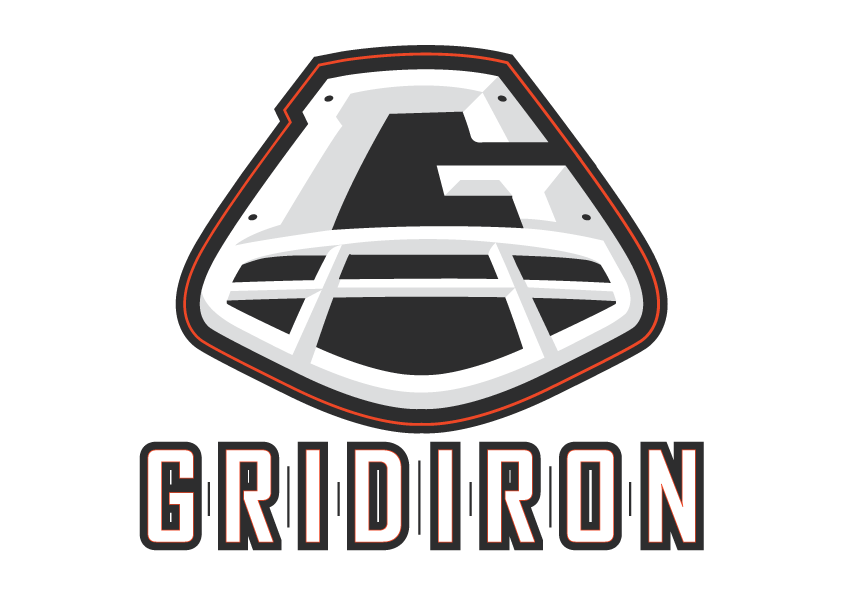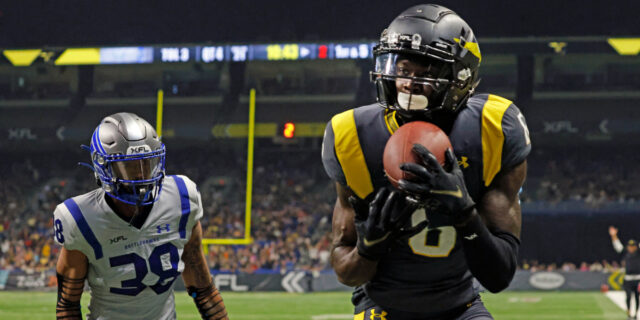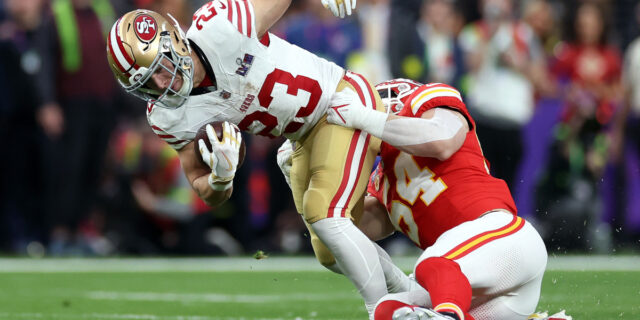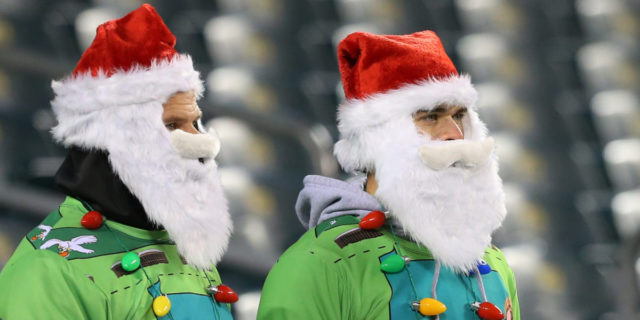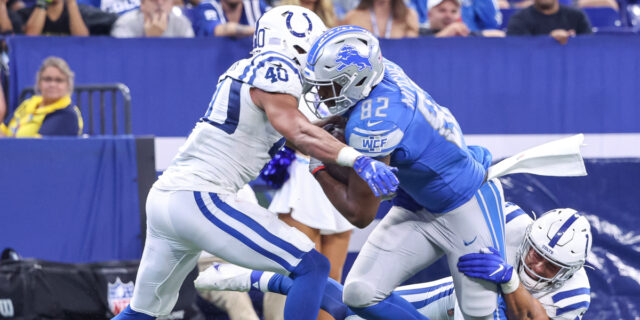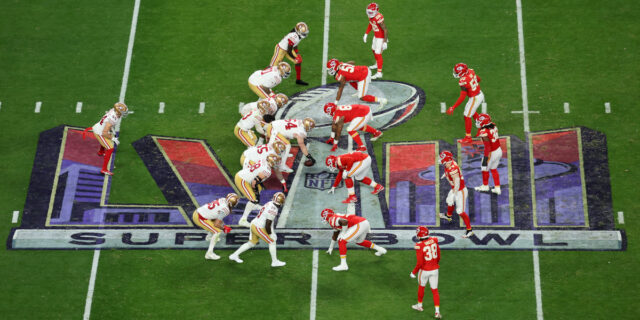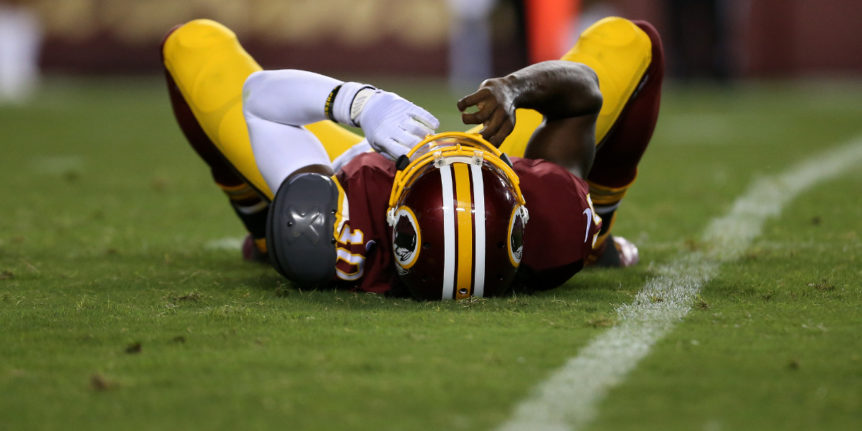
All That Glitters….
This article, from Issue 13 of Gridiron magazine, originally appeared in 2015. For individual editions or subscriptions, click HERE
Sport is defined by moments, when the complexities of that point in time emerge and something magical happens, something that stays with you. The NFL has had ‘The Catch’, ‘The Music City Miracle’, ‘The Immaculate Reception’… Others aren’t afforded a moniker. Often, it’s simply the player involved: David Tyree, Leon Lett, Scott Norwood. Memories, good and bad.
Then you come to Joe Theismann and Robert Griffin III. Two quarterbacks in the capital, separated by 26 different starting signal callers, nine head coaches and five new faces in the White House. Inextricably linked by moments, by career-defining injuries that continue to haunt a once-great franchise. Theismann had his moment in Week 11 of the 1985 season. Giants at Redskins on Monday Night Football at RFK Stadium. First and 10 at midfield, tied at 7-7. The play was a fleaflicker, but there was no pass, only pain. From the snap to the break of the leg was less than five seconds.
Theismann was an 11-year veteran originally drafted by the Miami Dolphins in 1971. His story began in the mid-sixties with the tiny South River High Rams of the New Jersey high-school system. He signed a letter of intent to go to South Carolina before an intervention came from head coach Ron Wojcicki. A playoff game against Sayreville in 1966 where Joe hit a streaking Drew Pearson – later of the Dallas Cowboys – to beat the Bombers prompted Wojcicki into action. He drove the film to a New Jersey football camp and Notre Dame head coach Ara Parseghian. The rest is history. Parseghian persuaded Theismann to ditch Columbia for South Bend, an alert publicity staffer named Roger Valdiserri changed the pronunciation of his name from ‘Theezeman’ to ‘Thighsman’ to rhyme with Heisman and Joe had a glittering career for the Fighting Irish. But he never played a snap for Miami as contract negotiations fell apart. Instead, he went to Canada, leading the Toronto Argonauts to the Grey Cup before Washington obtained his rights.
Nearly 18 million people were watching Monday Night Football in November 1985 as Theismann handed the ball to John Riggins. The full-back took two steps before tossing it back. Harry Carson blitzed through the A-gap while Lawrence Taylor attacked off the edge. Carson disrupted the play, forcing Theismann to step to his left so that he was within reach of the NFL’s most fearsome pass rusher. Taylor, on the blind side, avoided Russ Grimm’s desperate lunge and launched himself.
“I was thinking about keeping him in the pocket and squeezing him,” Taylor later said. “Then I broke free.”
What actually broke free was Theismann’s shinbone from his skeleton. The sound of the leg shattering was heard on both sidelines. “Like a gunshot,” Joe Jacoby would say. Taylor burst out of the pile he’d created, sickened. He held his head and screamed. Theismann’s shin was exposed, his blood covering the tangled bodies.
“His leg was just hanging there. It was the ugliest thing I’d ever seen,” said Taylor.
Joe Namath, in ABC’s commentary box, famously uttered the line: “I just hope it’s not his last play in football.” But it was. After 163 games, Theismann’s career was over. What happened that night was the defining moment for the 36-year-old. Adored by the fanbase, beloved in the capital, a Super Bowl champion. Finished.
“He was an academic whizz and an athletic freak. His principal thought he would become President. He got the toughest job in Washington instead”
Fast forward 9,795 days, through the list of passers who followed Theismann – from Ed Rubbert, Cary Conklin and John Beck – to FedEx Field, eight-and-a-half miles from RFK Stadium. It’s Week 14 of the 2012 season and Washington trail Baltimore 28-20 with just 1min 56s to go. They’re 6-6 and without a winning season in four years. But there’s legitimate hope. He is Heisman Trophy winner Robert Griffin III, the second overall selection in that year’s draft for whom Washington gave up three first-round picks. He is on his way to winning Rookie of the Year and Washington are in playoff contention.
Griffin was born in Japan, the son of military parents who moved to Fort Lewis in Tacoma before settling in Copperas Cove, Texas. Long before he was known as a Roman numeral, Griffin would play for the local independent high school, the Bulldawgs. He was just Robby Griffin back then, only adopting Griffin III for his first game as a Baylor Bear in honour of his grandmother. He was an academic whizz and an athletic freak. His principal thought he would become President. He got the toughest job in Washington instead.
Some considered him a loner. He shunned fashions, his braided hair was ridiculed and his collection of socks drew raised eyebrows. He rejected offers from LSU and Oklahoma to play cornerback for a chance to compete at quarterback for Art Briles at Baylor, just 70 miles from home. The Bears were no college powerhouse. They hadn’t won a Bowl game since 1992; heck, they hadn’t been in a Bowl since ‘95. But Griffin turned home games into the town’s hottest ticket. As the team grew, so did his status. A local Waco TV anchorman started calling him RGIII and the legend was born.
Then, in 2009, the wheels came off as the new saviour tore his ACL against Northwestern State. In the aftermath, a disturbing trait would appear: RGIII got lazy. He started skipping school, becoming despondent over his future. The lone wolf retreated inside himself.
The injury healed, though, and Griffin returned. He led Baylor to an Alamo Bowl victory and won the Heisman, rocking Superman socks to the ceremony. He was drafted by a quarterback-desperate team shorn of a reliable passer since Mark Rypien in 1991, a championship-winning one since Doug Williams in 1988, a great one since Theismann in 1985.
“Griffin thought he was Jesus. This guy is out of control with his ego”
It was second-and-19 from the Washington 27-yard line and this was RGIII’s moment. There was no Terrell Suggs, no Ray Lewis on this day, but it was still a formidable Ravens defense. At the snap, linebacker Brendon Ayanbadejo blitzed through the A-gap and, just like Carson almost three decades before, was instantly in the quarterback’s face. Griffin sidestepped, eerily similar to the move Theismann made, but, unlike Joe, he took off and headed upfield, avoiding strong safety Bernard Pollard before cutting inside.
As he cut, Griffin slid to avoid defensive end Paul Kruger. But his planted leg gave out and his trailing right leg flew up into the air just as 6ft 4ins, 356lb defensive tackle Haloti Ngata arrived.
Pollard knew something was wrong and immediately signalled to the bench. Washington hearts were in mouths. This was all too familiar. Griffin could barely put any weight on his injured leg and almost collapsed as he gripped the team trainer. There was an audible groan from fans seeing a new angle of the hit on the big screen. Seconds later, as the CBS replay ran, the commentator let out a cry as he watched Griffin’s knee taking the full impact of Ngata’s hit, his leg bending like an expensive golf club on impact with the ball.
Incredibly, an MRI showed nothing more than a mild LCL sprain but he sat out the following game against Cleveland before returning wearing a knee brace to beat the Eagles. Two weeks later, however, in the NFC Wildcard game against Seattle, the knee buckled completely as he bent untouched to retrieve a botched snap, tearing both the already stressed LCL and rupturing the ACL he tore at Baylor. Adored by the fanbase, beloved in the capital. Finished?
Griffin’s moment may not have been as dramatic as Theismann’s, yet his career has never recovered. Nearly 27 years separated the hits, but two eras ended in DC because of them. Theismann was 36 and believed he had a few years left. Griffin was 22 with his career in front of him. Suddenly without his mojo, he lost his way, reinforcing concerns that the style of play he brought from college was not sustainable. He reverted to his Baylor ways, becoming lazy and aloof. Detractors claimed he was more interested in enhancing his brand. Hall of Fame passer Fran Tarkenton said that Griffin “thought he was Jesus. This guy is out of control with his ego”.
There is a tragic symmetry. Two high-school legends, college superstars, saviours of one city, hope-givers, name-changers. Joined by two moments.
But what of the future? Griffin’s is shrouded in doubt. Coach Jay Gruden is rumoured to want him out. RGIII wants to stay, to return to a time before that hit, just like Joe wanted to. And what of Theismann? Where does he stand on Griffin and how does he reflect on his own demise?
“I’ve never fully recovered,” he told the Washington Times. “I tried to come back a year later. I showed up at Redskins Park and there were 13 doctors and a man from Lloyd’s of London Insurance there. I worked out for 10 minutes only to see they’d left. I jogged inside and said, ‘I’m not done yet’. They said, ‘Yes you are’ and that was it. I wanted it so badly, but it was over. Does Robert want it badly enough? I question where he’s going to be mentally next season. That’s the big question. You’ve just got to keep him healthy.”
The irony of that should not be lost on anyone.
EPILOGUE
Griffin’s journey since being cut by Washington saw him installed – briefly and unsuccessfully – as the starter in Cleveland, before he was forced to spend 2017 on the sidelines as an unwanted free agent. Ironically, it was Baltimore – the team that had caused him to be sidelined for the first time in DC – that came knocking, and RGIII has spent the past two seasons as a very capable backup to current league MVP Lamar Jackson. He remains convinced, however, that he can still be a number one somewhere in the NFL.
“I want to be a starter again,” he told CBS Sports. “I’m 30 years old, and quarterbacks are playing into their 40s now… There’s a lot of time left to still go achieve all the dreams and goals I set for myself.”
This article, from Issue 13 of Gridiron magazine, originally appeared in 2015. For individual editions or subscriptions, click HERE
